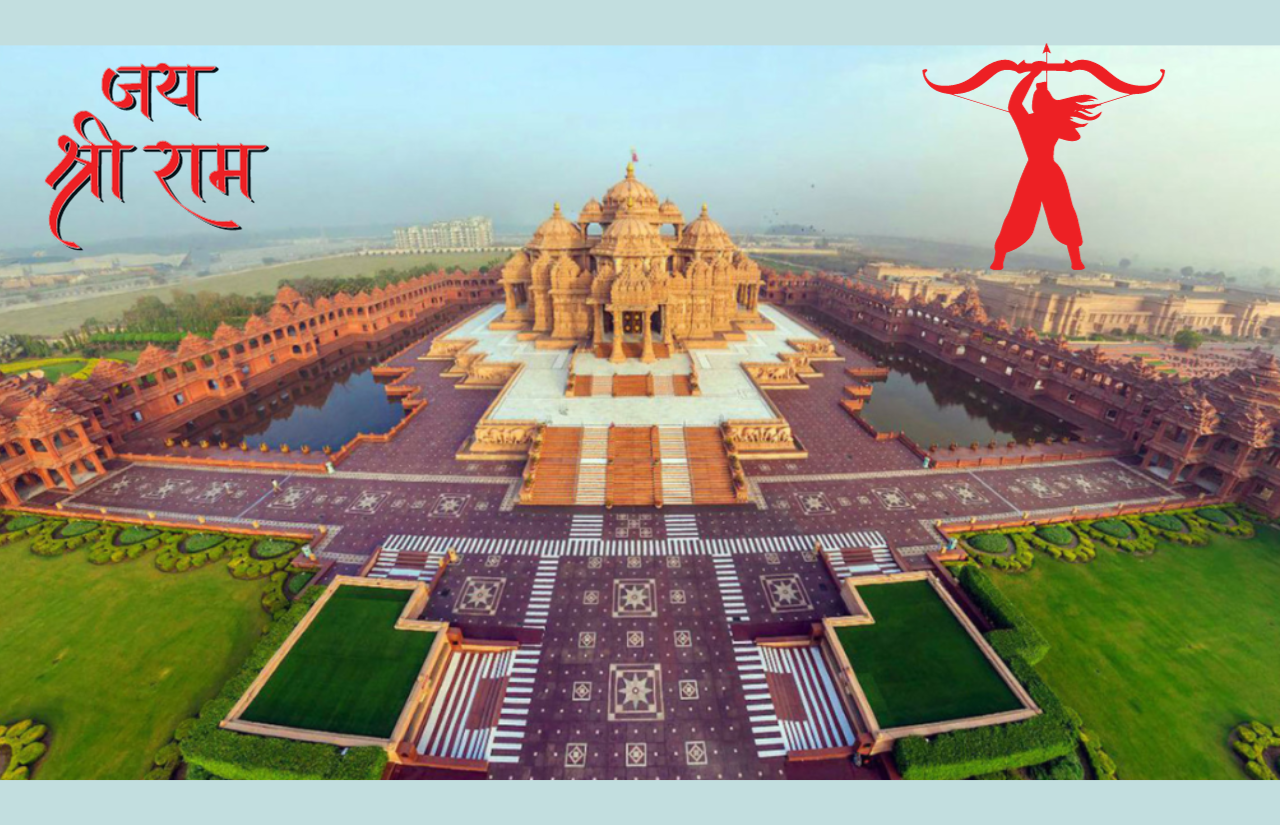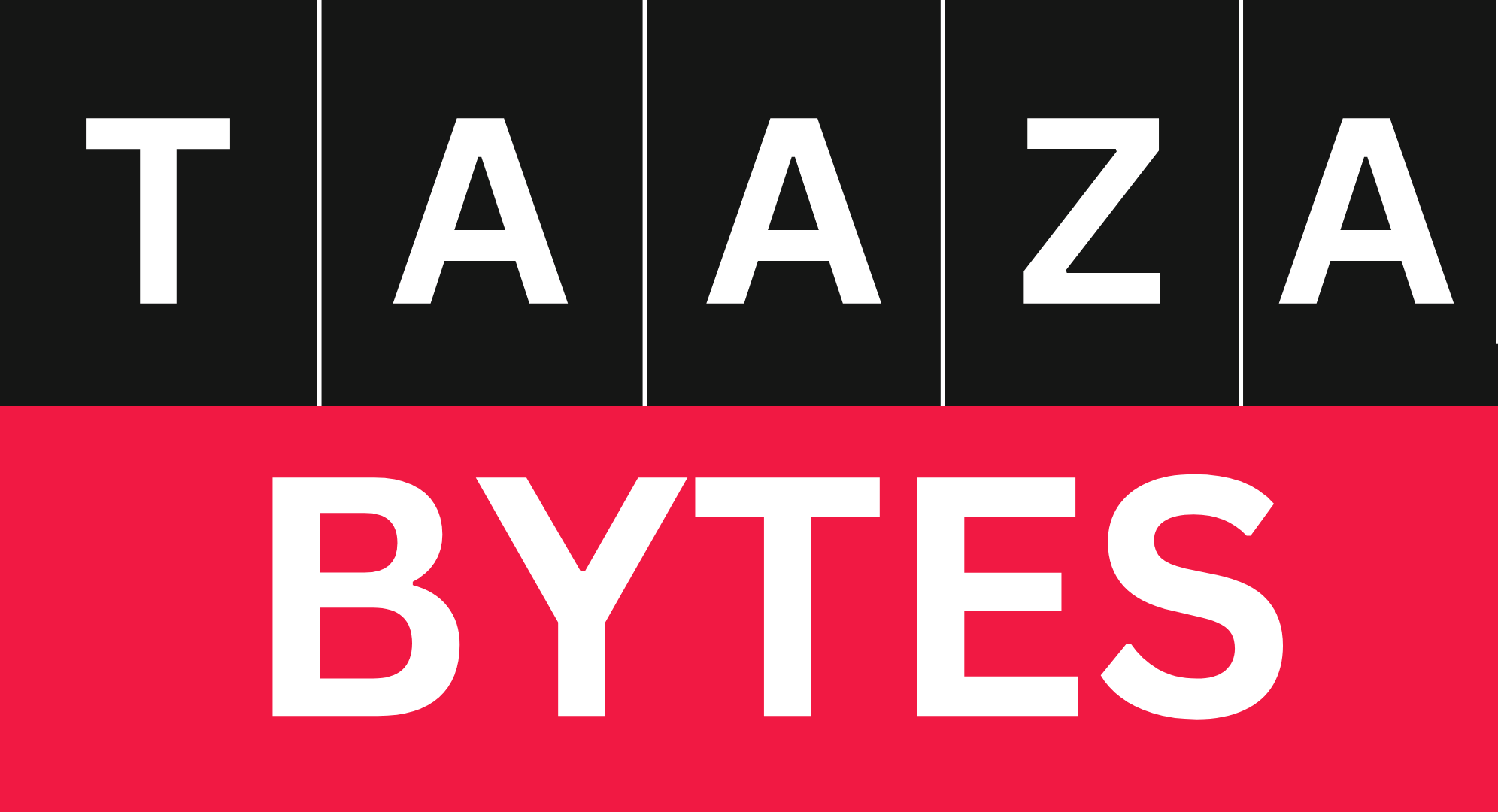The preparations for the Ayodhya Ram Mandir are in full motion. January 22 is the day of the deity Ramlala’s consecration ceremony. Dignitaries from across the nation, including Prime Minister Narendra Modi of India, will take part in this consecration ceremony. In addition, the general public will be able to witness this auspicious event alongside them. The spread of information about the construction of the Ram temple continues.
Ram Mandir opening date
Moreover, India is waiting for the historic Ayodhya i.e, 22 January for its inauguration. For millions of Indians, the temple devoted to Lord Ram is a deeply significant historical, religious, and cultural site. However, the image from the invitation card appeared during the consecration ceremony. In fact, the card depicts a young Lord Ram as well as an imposing image of the structure.
Over 7,000 people are on the invite list of the temple trust—Shri Ram Janambhomi Teeth Keshtra—and they include cricket legends Sachin Tendulkar and Virat Kohli, Bollywood superstar Amitabh Bachaan, and billionaire industrialist Mukesh Ambani, among others.
According to the Shri Ram Janmabhoomi Teerth Kshetra Trust website, Bapu contributed Rs 11.3 crore to the temple’s construction. Additionally, his supporters in the United States, Canada, and the United Kingdom made separate donations totaling Rs 8 crore.
The spiritual leader, a Ram bhakt or devotee of Ram, has been an outspoken supporter of the temple project. Bapu is well-known for his Ramcharitmanas recitation and has been performing Ram Katha, or the narration of the epic Ramayana, on which the Ramcharitmanas is also based, for more than 50 years in India and abroad.
Who is Morari Bapu?
Bapu, who was born in Bhavnagar, Gujarat, in 1946, still lives there with his family. He memorized the entire Ramcharitmanas, Tulsidas’ poem with over 10,000 verses, at the age of 12, and began reciting Ram Katha at the age of 14. Bapu, who comes from the Vaishnav Bava Sadhu Nimbarka family, is well-known for his captivating storytelling and his command of the Ramayana. Not to mention, he has such an impact that Rishi Sunak, the prime minister of Britain, has been to one of his storytelling sessions.
What’s Special About the Ayodhya Ram Mandir?
Here are the Ayodhya Ram Mandir features
- The temple was constructed in the style of the Nagars.
- The temple will be 161 feet tall, 380 feet long (either east or west), and 250 feet wide.
- The temple will be three stories high, with a 20-foot ceiling on each level. Furthermore, the temple will have 44 doors and 392 pillars in total.
- The infant form of Lord Rama (the idol of Shri Ram Lalla) will remain in the main sanction sanctorum, and the court of Lord Rama will sit on the first floor.
- The Nritya Mandap, Rang Mandap, Sabha Mandap, Prathana Mandap, and Kirtan Mandap are the five mandaps that will be present in the temple.
- The temple’s walls and pillars are covered in sculptures of gods and other celestial creatures.
- The 32 steps that lead to the Singhdwar (lion gate) will allow entry to the temple from the east.
- A rectangular parikrama, measuring 732 meters in length and 14 feet in width overall, will encircle the temple.
- At the corners of the parikrama, four temples honoring Surya Dev, Lord Shiva, Maa Bhagwati, and Lord Ganesha are going to be set up.
- Maa Annapurna’s temple is going to sit in the northern arm, and Lord Hanuman’s temple will appear on the southern arm.
- Near the temple is going to remain the location of the mythological Sita Kund.
- Maharishi Agatsya, Nishadraj, Mata Shabri, Rishipatni Devi Ahilya, Maharishi Valmiki, Maharishi Vashishta, and Maharishi Vishwamitra will all have temples in the complex.
- The restored ancient Shiva-focused temple, situated on the southwest side of Navartanauber Teela, now houses the statue of Jatayu.
- The construction of the temple will not involve the use of iron. The ground is not going to be covered in concrete.
- Granite was used to construct a 21-foot-high plinth to shield the temple from the moisture of the earth.
The temple complex will feature facilities such as a shower area, open tabs, and a sink.
As of January 2024, Ayodhya Ram Mandir Current Status is that the entire base, along with the six smaller temples that will surround the main temple, which consists of the sanctum sanctorum, are almost completed and are on track for completion on January 22, 2024.
Conclusion
The opening of the Ayodhya Ram Mandir is more than a formal event—it represents the coming together of religion, history, and cultural importance. Furthermore, as devotees await information on the date, ticket availability, and time of the opening ceremony, the sheer magnitude and magnificence of the temple project become clear. After all, the meticulous planning, outstanding architectural design, and collaboration of millions of people in building the temple demonstrate the deep roots of people in their cultural and spiritual heritage.
In addition, the Ram Mandir is a symbol of the nation’s enduring spirit, community cohesion, and religious tenacity. In fact, it is a time for followers to consider the importance of this occasion and the lasting legacy it will leave for future generations as the inauguration countdown progresses. Lastly, the Ram Mandir is more than a building; it is a living representation of millions of people’s unwavering faith, devotion, and spirituality. If you require further information, you can always visit Taazabytes for additional updates and original content.







